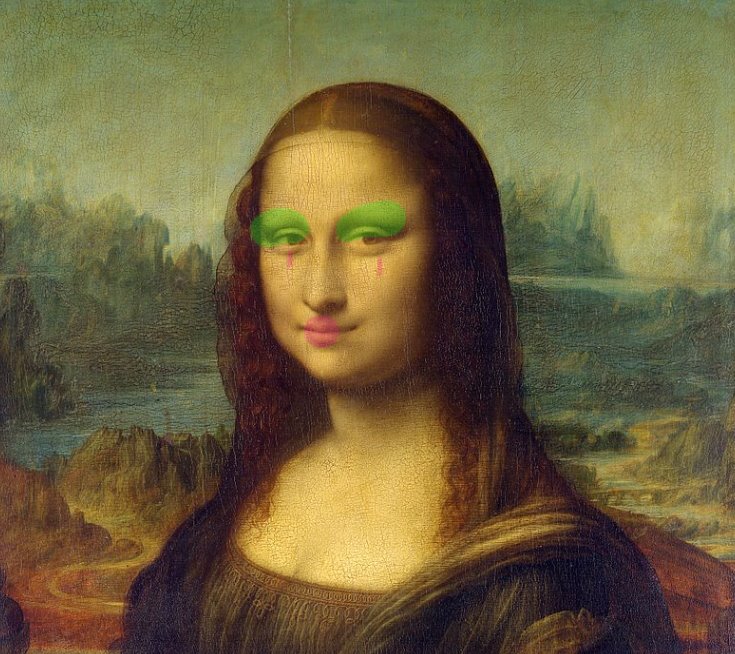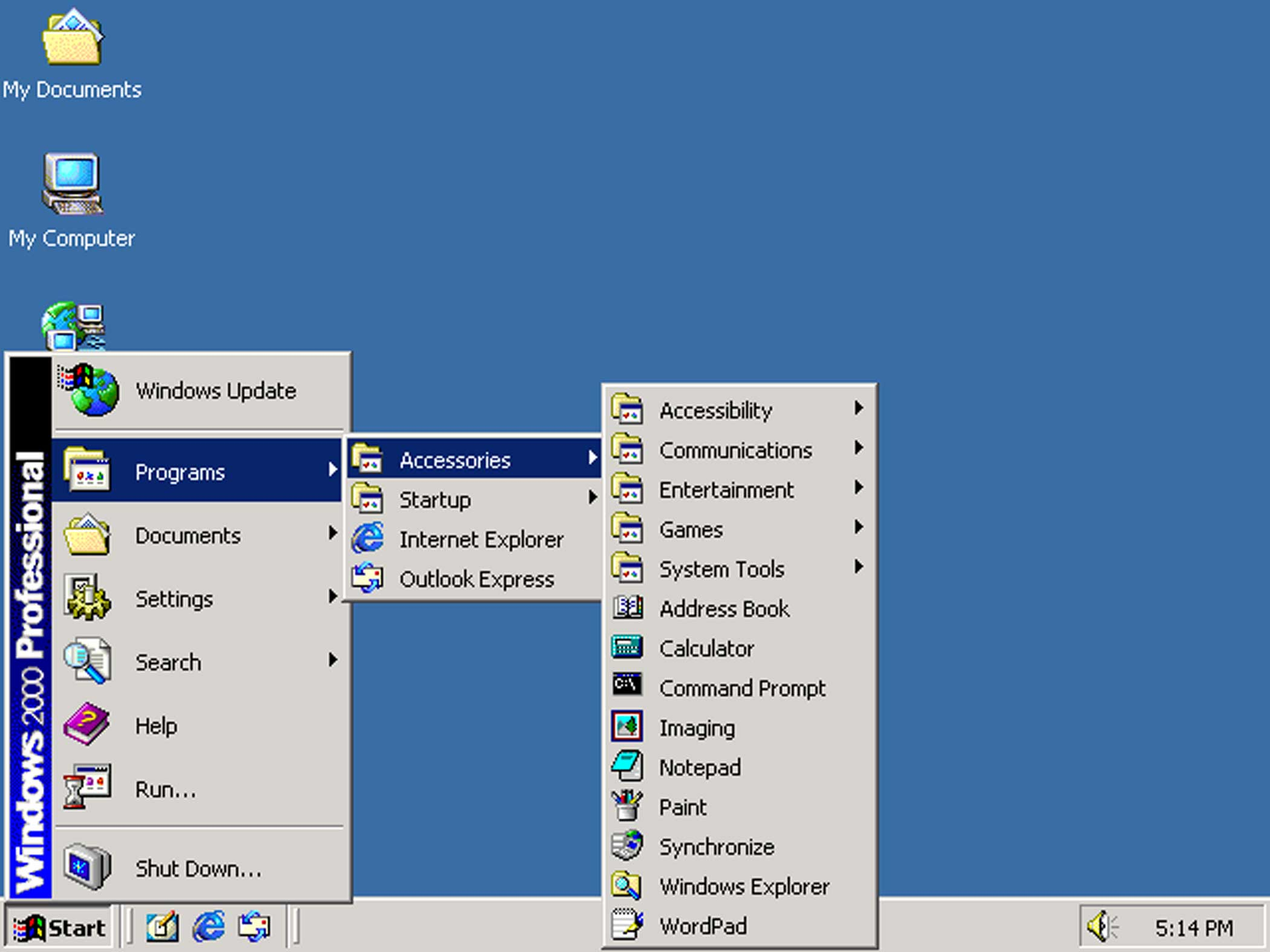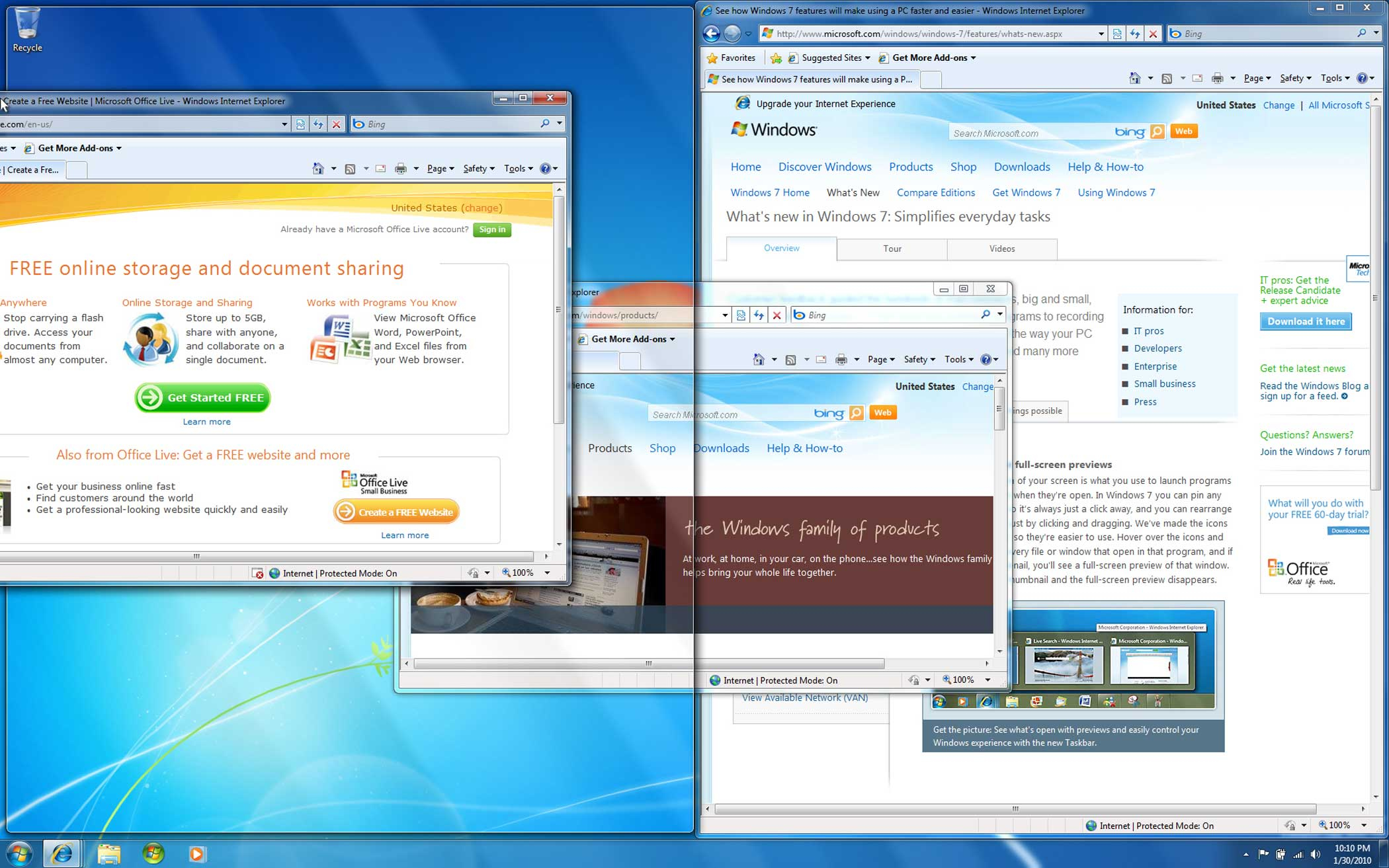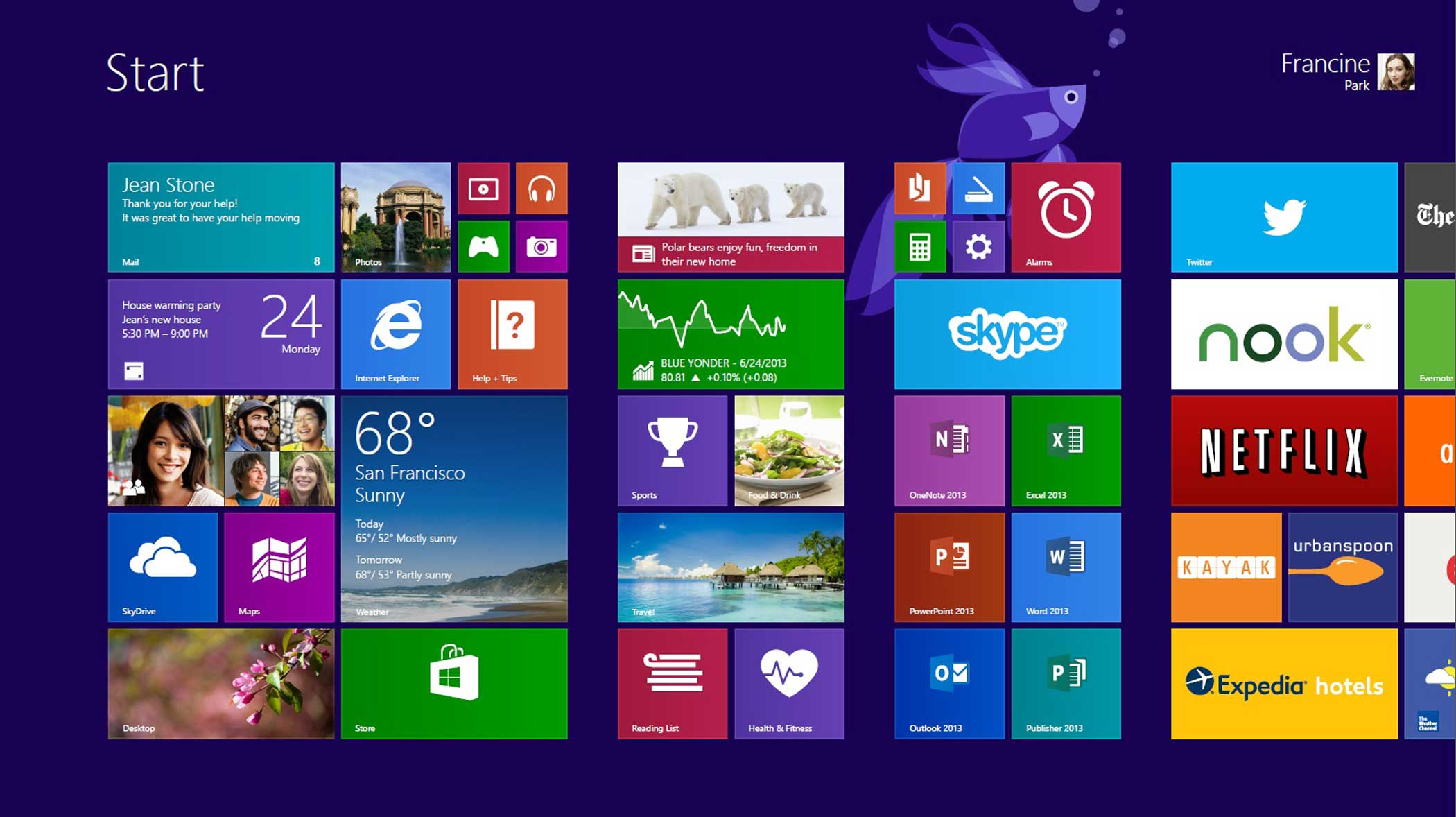With Windows 10, Microsoft is finally moving toward putting Internet Explorer out of its misery. But can Microsoft’s new web browser finally knock rivals Google Chrome and Mozilla Firefox off their stride?
Edge, the default browser in Microsoft’s Windows 10, certainly delivers on the basics. Early speed tests suggest it can render graphics at top speed, for instance. Throw in a clean layout and the belated addition of a “reading” mode, and Microsoft Edge is at least on an equal footing with Chrome, Firefox and Apple’s Safari — and certainly a vast improvement over its wheezy predecessor.
But the true test of user loyalty will boil down to two new features that no other browser currently provides. The first is a search engine that tucks results into surprisingly convenient places. The second is a digital “inking” feature that makes doodling across the web a sheer joy.
Search
Microsoft’s Siri-like assistant, Cortana, fetches intelligent search results as you type in the address bar. Type the word “weather,” for instance, and the forecast automatically appears in a dynamic pop up menu. Replace it with a basic math equation, and there’s your solution. Ditto for quick problems like metric unit conversions.
Cortana also has a limited ability to curate search results as you’re browsing. Visit a restaurant’s webpage and Cortana’s logo may appear in the address bar, offering to show “hours, directions and more.” Hit it, and a panel slides out from the right-hand side showing a street map along with the establishment’s business hours, phone number and Yelp reviews.
While the functionality is limited only to some restaurants at the moment, the Microsoft Edge team says it’s racing to add more content. “You can just think of the most common activities on the web,” says group program manager Drew DeBruyne. “Shopping, booking travel, reading. Those are the classes of scenarios that we think are very interesting for Cortana to assist.”
And where Cortana can’t proactively suggest answers, users can highlight words and fetch search results, again, in an non-obstructive side menu. Compared to Google Chrome’s option to simply flop a new tab over the one you’re reading, it’s a huge improvement.
Inking and Scribbling
But perhaps the single most intriguing new feature in Microsoft Edge is the ability to snap a picture of a webpage and start editing it. The “ink” feature, which appears as a notepad icon in the upper right hand corner, takes a little getting used to. Hitting it snaps an image of the page and opens a toolkit of pens, highlighters, an eraser and text boxes, which appear in the menu bar. Users will have to decide how they want to use them.
“It’s not something people expect to be able to do in a browser,” says DeBruyne. “Even before there is a learning curve, there’s a ‘what is this for’ curve.” DeBruyne himself is curious to see how Windows 10 users might take the feature in unexpected directions. “Of course, we see some people using it basically for mustaches,” he adds. Here are a few other possibilities:



Combined, these features could transform the way we engage with the web — or amount to little more than a bunch of silly browser tricks. Which way Edge goes will depend on the willingness of users to reach out and touch the web, a habit that may not come easily after two decades of more passive browsing. That word “browser” alone shows what Microsoft is up against. But given Internet Explorer’s fall from grace in recent years — falling below 15% of the global browser market, according to usage statistics gathered by StatCounter — Microsoft has good reason to take some creative risks with the web, in the hope that users might follow.
See How Microsoft Windows Has Evolved Over 30 Years








More Must-Reads from TIME
- Why Trump’s Message Worked on Latino Men
- What Trump’s Win Could Mean for Housing
- The 100 Must-Read Books of 2024
- Sleep Doctors Share the 1 Tip That’s Changed Their Lives
- Column: Let’s Bring Back Romance
- What It’s Like to Have Long COVID As a Kid
- FX’s Say Nothing Is the Must-Watch Political Thriller of 2024
- Merle Bombardieri Is Helping People Make the Baby Decision
Contact us at letters@time.com